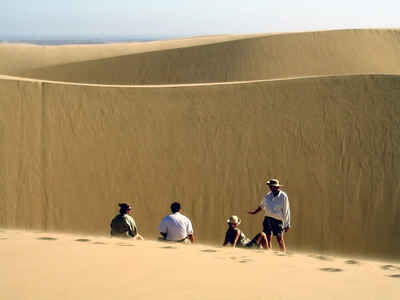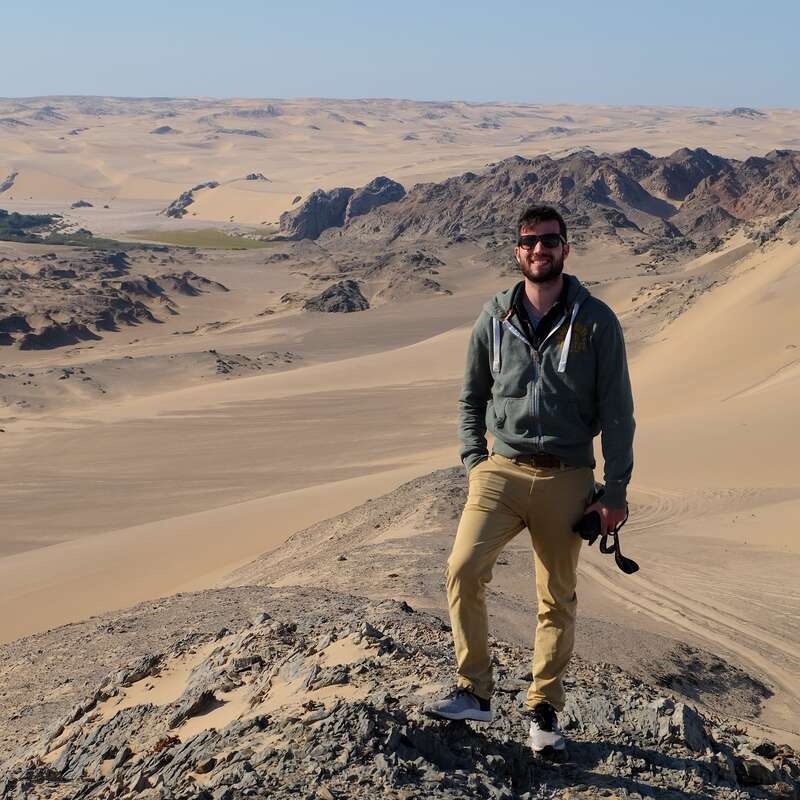About Kuidas Camp
A narrow walkway cut into the reeds barely hints at the camp hidden by the ephemeral Huab River.
It's a minimal footprint, accentuated by the reed-and-pole enclosures around each dome tent at Kuidas Camp that blend into the setting. Beneath are gravel plains; all around are the red hills of Damaraland.
Used exclusively by Skeleton Coast Safaris, Kuidas is usually the first stop on your adventure through this rugged environment.
Despite the simplicity, you’ll sleep in comfortable twin beds, with an en-suite bucket shower (hot water on request!) and a view that beats any interior décor. Sit quietly outside your tent, listening to the sounds of nature, and you may get a feel for the world of the Himba.
These nomadic people have settlements throughout this area. Visiting with an expert guide from the Schoeman family is to gain a small understanding of their traditions, whose very existence is now under threat.
You’ll explore, too, along the bed of the Huab River, seeking out wildlife in a rugged 4WD, including perhaps desert-adapted elephant and plentiful birdlife. And then there’s a small gallery of ancient art, etched into the rocks within walking distance of camp.
Back at camp, help yourself to a drink around the campfire and round off the day with a home-cooked dinner, perhaps served under the stars.
Our view
The simplicity of Kuidas Camp blends into the vast landscape of southern Damaraland, a fitting stop after a first day exploring the Skeleton Coast. With Bushman rock art near camp and the natural beauty of the Huab River, it’s also a destination in its own right. Above all, though, a Skeleton Coast Safari is about the experience, enhanced by some of the country’s best guides who have spent their lives immersed in this remote region.
Accommodation
8 tents
Children
Best for 16+
Open
All year
Activities

4WD Safari

Birdwatching

Private activities
Traveller reviews of Kuidas Camp
1 real, un-edited reviews from Expert Africa's travellers.
Arrived 1 Oct 2007, 1 nights
"Kuidas Camp review"
Overall rating: Excellent
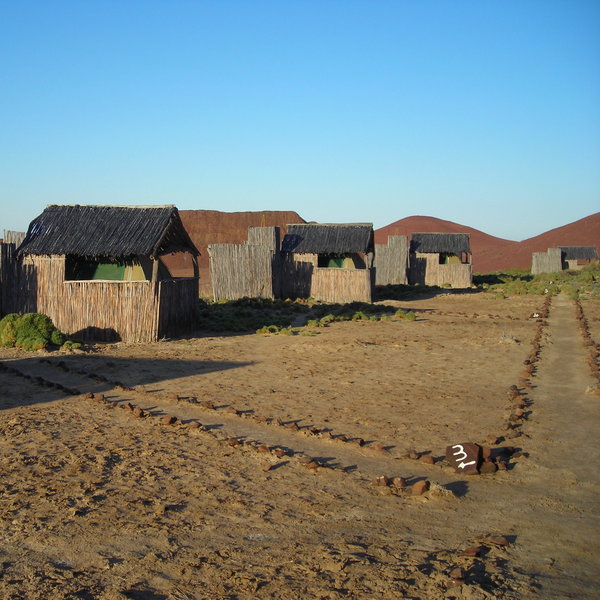
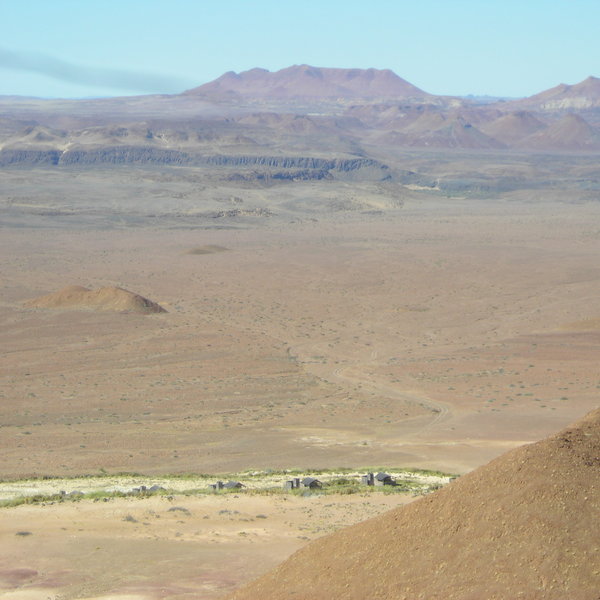
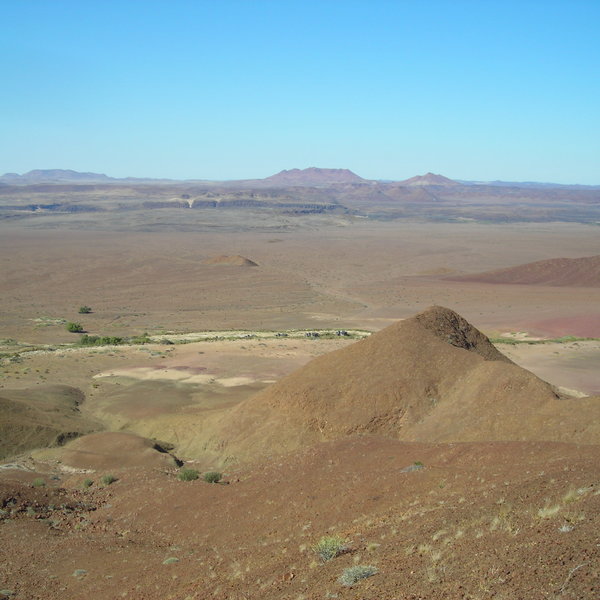
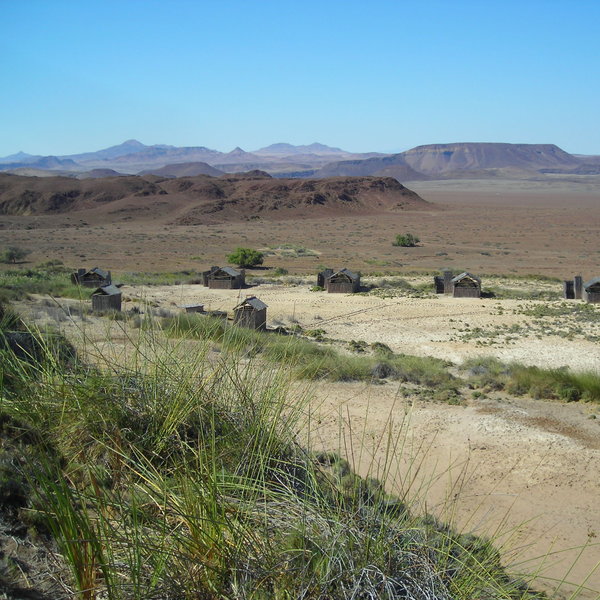
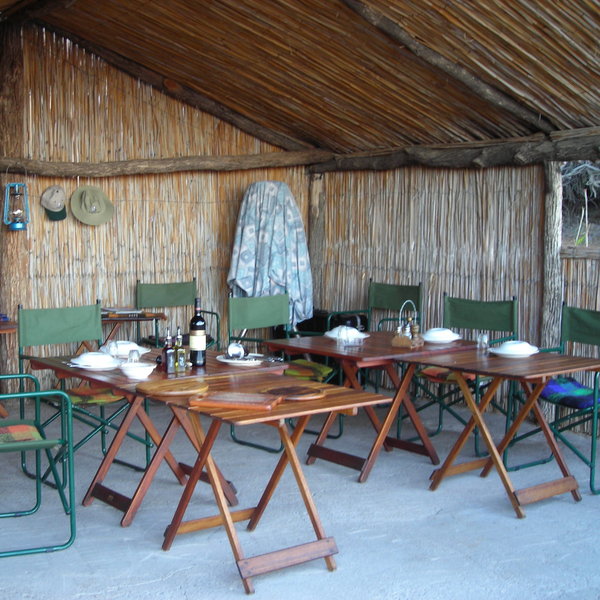
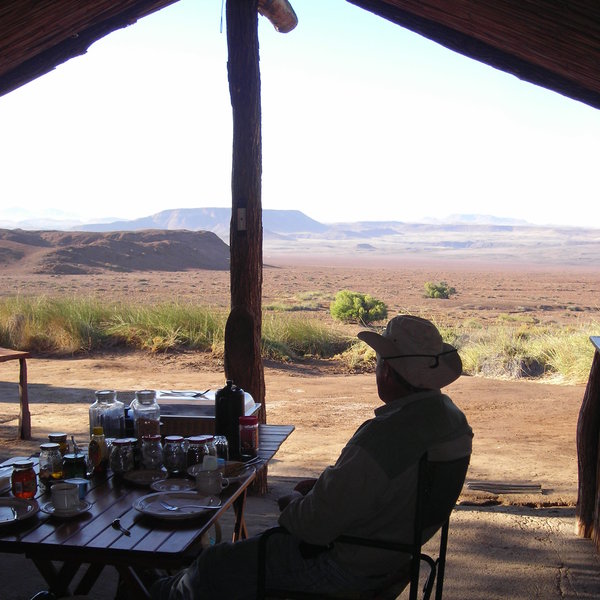
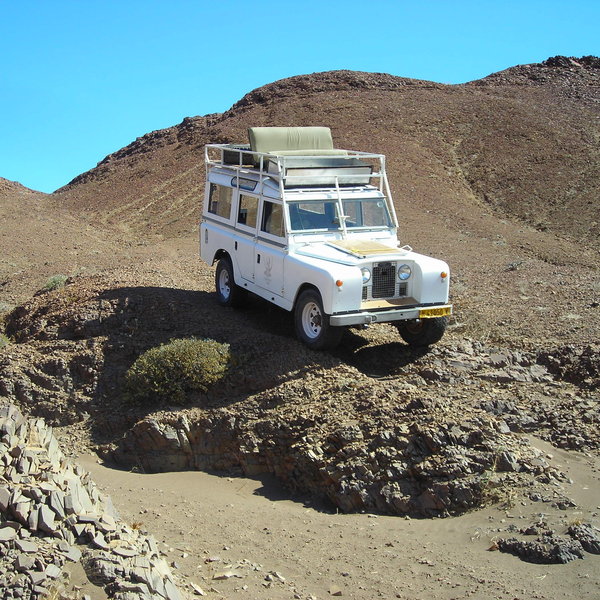
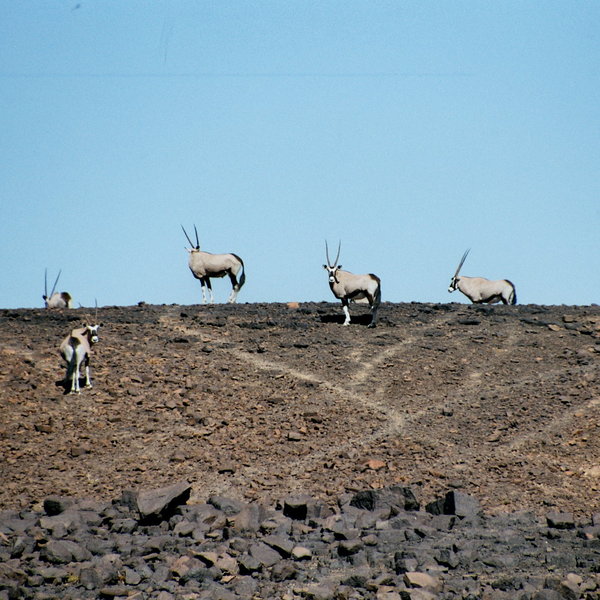
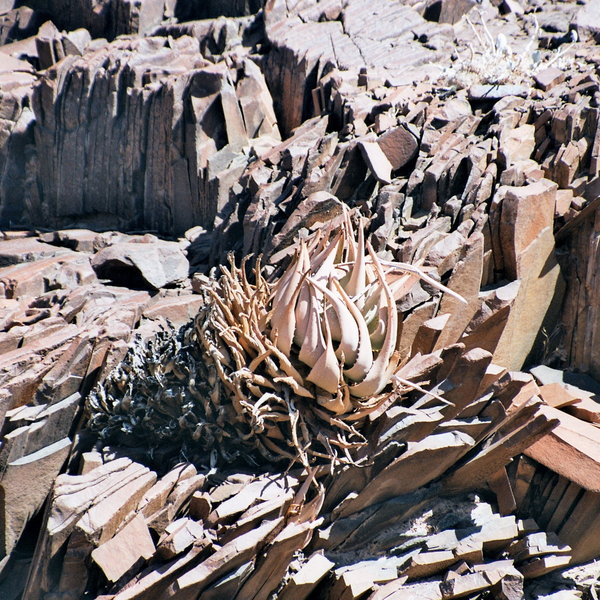
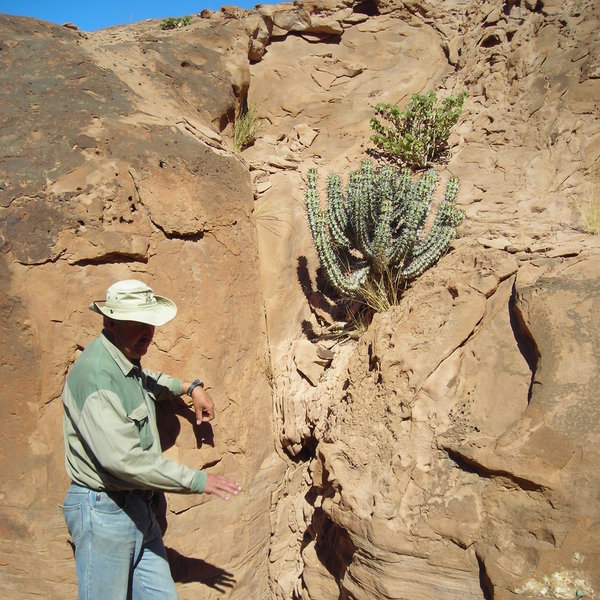
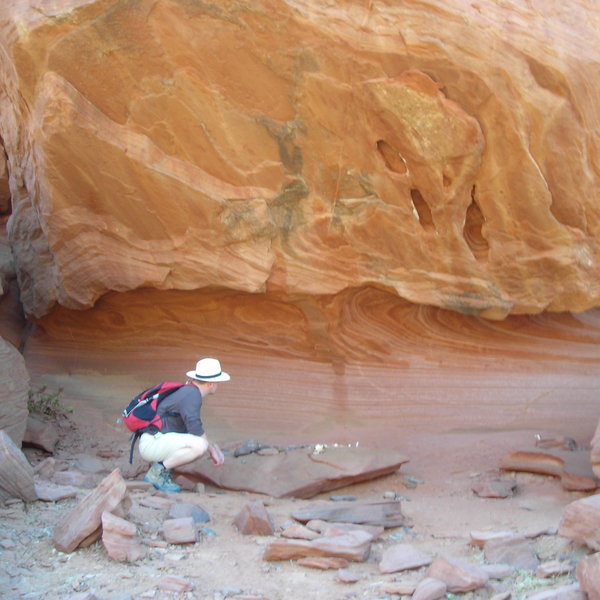
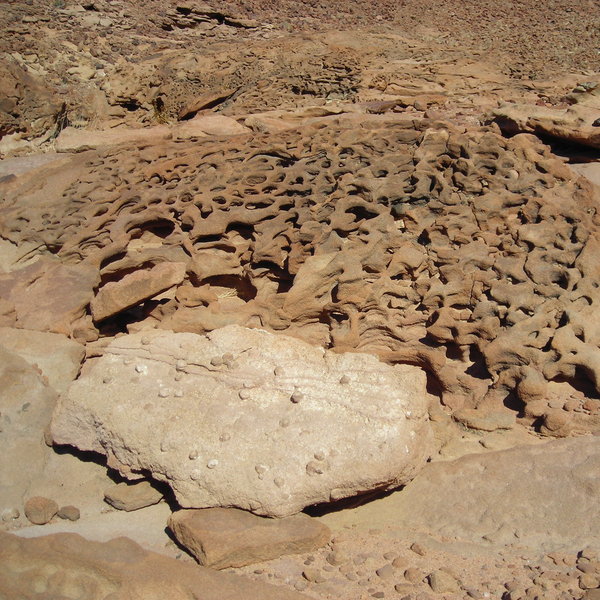
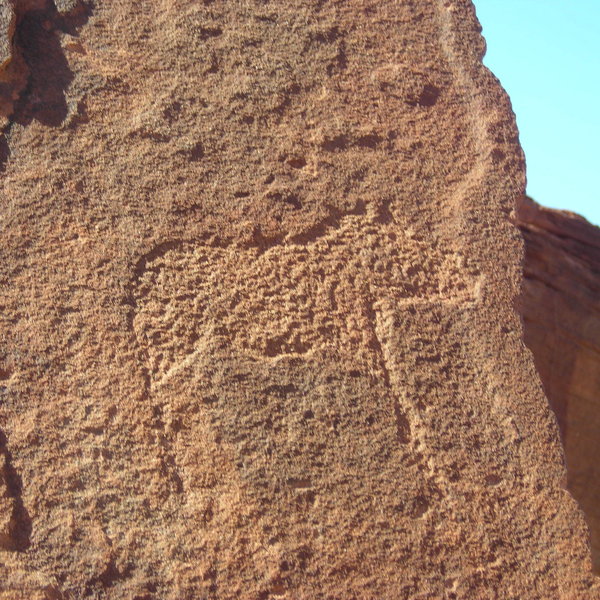
Expert Africa's gallery
When we travel we take lots of photos ourselves to give you a real and un-edited view of the safaris. See our 27 pictures and 1 videos of Kuidas Camp to get the candid view.
View gallerySafaris visiting Kuidas Camp
Just ideas, we'll always tailor-make a trip for you
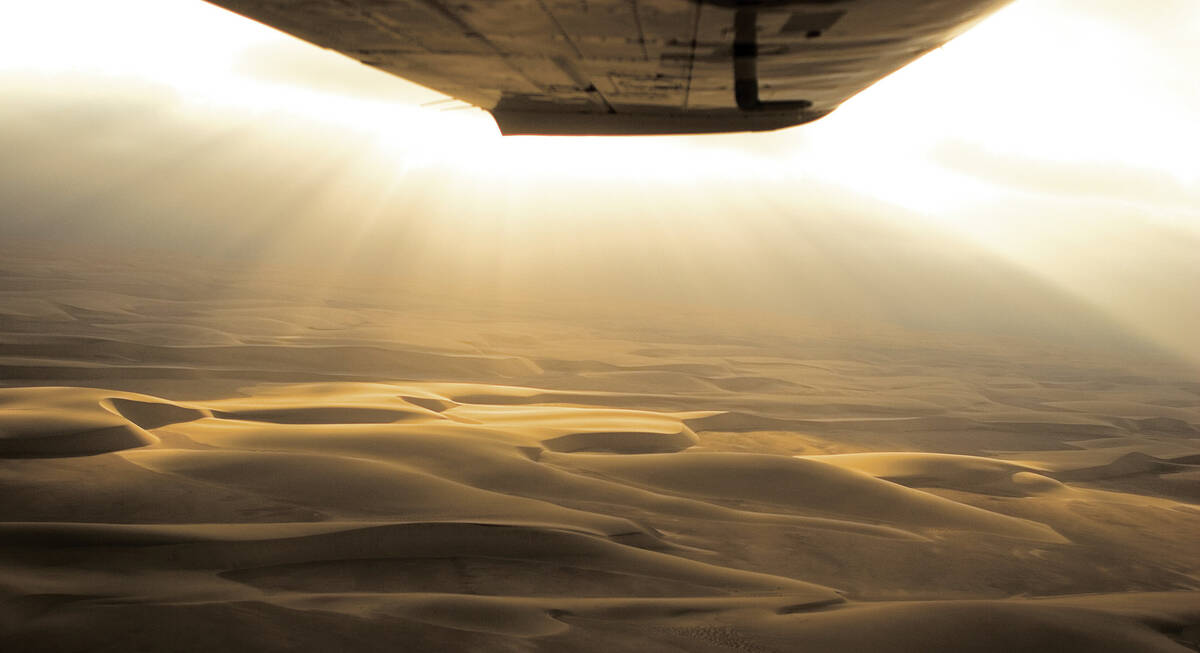

Skeleton Coast Safari
5 days • 5 locations • 1 country
WINDHOEK AIRPORT TO WINDHOEK AIRPORT
An epic flying safari exploring some of Namibia’s most spectacular and remote wildernesses. Exceptional pilots, among the best guides in the country and exclusive camps – this a real bucket-list adventure.
Visiting Skeleton Coast, Windhoek
US$10,990 - US$14,490 per person
Kuidas Camp: Our full report
Nestled within the reed-beds of Namibia’s Huab River valley, Kuidas Camp is accessible only with Skeleton Coast Safaris.
The most southerly of the Schoeman family’s camps, it is normally used for the first night of their trips, before continuing north towards the Angolan border. The surrounding landscape is typical of southwestern Damaraland, with some Bushman rock art within walking distance of the camp.
After an exhilarating first day flying over dunes and shipwrecks, stopping off at a seal colony and on a remote beach, you’ll continue over the extraordinary Ugab formations to Kuidas Camp, where you’ll spend.your first night.
Although simply designed, the camp is comfortable and well equipped, entered along a narrow walkway that is cut into the reeds.
Reed walls enclose each of the eight dome tents, with a reed-thatched roof. Proper twin beds, made up with neutral-coloured bedding, are set up either side of a table with vanity mirror. A large battery-powered lamp is provided, along with tissues and insect repellent.
Housed within the same structure is an en-suite bucket shower, with hot water supplied on request, and shampoo/shower gel on hand. The camp has two flush toilets with handbasins, shared between visitors, but you’ll also find a chemical toilet at the foot of one of the beds so that it isn't necessary to go outside at night.
In front of each tent is a small area with a stone table and two directors’ chairs where you can sit and take in the surroundings. A bowl is placed on the table for washing your hands and face; again hot water is provided on request.
Kuidas’ small central area is constructed of local wood and reeds, and is open at the front, offering views over the ephemeral Huab River to the mountains and gravel plains of Damaraland. Meals are served at large rustic wooden tables with safari chairs, lit at night by paraffin lamps and with a warming evening fire. There's also a small “bush bar” where you can help yourself to a choice of drinks.
The camp has a powerful tracking telescope and on our last moonless visit we clearly saw Venus, the rings of Saturn, Jupiter, beautiful cluster stars and a plethora of other night sights.
During your stay you will spend time exploring the bed of the Huab River by 4WD with an expert and knowledgeable guide; the more adventurous might opt for the roof seats for a panoramic view of the surroundings. Extraordinary Welwitschia mirabilis plants punctuate the plains, while animals and birds are drawn to the river’s natural springs. When we visited, we spotted Egyptian geese, hamerkop, red-billed spurfowl, pale-winged starling, mountain wheatear (chat) and a nesting pair of Abdim's storks.
You may also be offered a short walk up the sandstone hill behind the camp, where some ancient rock engravings are hidden between the rocks.
After lunch at Kuidas Camp on the second day of your Skeleton Coast Safari, you’ll continue north with your guide by light aircraft, taking in Terrace Bay, then stopping to experience the roaring dunes by 4WD, and to explore a mineral-rich beach. The day ends with a flight north to Leylandsdrift Camp, on the Hoarusib River.
Activities
4WD Safari
Birdwatching
Private activities
Families & children
- Attitude towards children
- The Schoemans welcome children of any age.
- Property’s age restrictions
- There are no age restrictions for this trip.
- Special activities & services
- None
- Equipment
- None
- Generally recommended for children
- Although the individual activities during this safari and at Kuidas Camp might appeal to children, the days are long and involve quite a lot of flying. We would generally recommend it only for older children and those with a genuine interest in the environment.
- Notes
- Ages of children need to be notified in advance in order for the Schoemans to make any necessary arrangements.
Food & drink
- Usual board basis
- Full Board & Activities
- Food quality
- The quality of meals on our last visit to Kuidas Camp was very good.
Breakfast is a buffet with a choice of cereal, mealie pap (maize porridge) and yoghurts, along with freshly baked bread with meats, cheese and spreads.
Lunch is typically a good selection of salad dishes.
For dinner we enjoyed a great chicken curry with rice, broad beans and salad accompanied by some good wine. A vegetarian option was also available. - Dining style
- Group Meals
- Dining locations
- Outdoor Dining
- Drinks included
- All drinks are included except premium-brand and imported wines and spirits. Both bottled and filtered or borehole water is available.
Getting there
- Location
- Skeleton Coast & Kaokoland, Namibia
- Ideal length of stay
- A Skeleton Coast Safari usually includes just one night at Kuidas Camp, the first in a three-day safari. The other two nights are spent at Leylandsdrift Camp, on the Hoarusib River, and Kunene River Camp.
- Directions
- Accessed by light aircraft as part of an organised safari
- Accessible by
- Fly-and-Transfer
Special interests
- Photography safaris
- A Skeleton Coast Safari adds significantly to a photographic holiday in Namibia. From the air you can get bird’s eye views of some truly dramatic landscapes, while on-the-ground images range from extraordinary geological features to fauna and flora, such as the Welwitschia mirabalis around Kuidas Camp.
- See ideas for Photography safaris in Namibia
- Cultural Experiences
- A short walk from Kuidas Camp in Namibia’s Damaraland brings you to some ancient Bushman rock art that’s hidden among the rocks. Rarely visited except by guests at the camp, it’s an opportunity to view evidence of this traditional Namibian culture.
- See ideas for Cultural Experiences in Namibia
Communications
- Communications
- None
- TV & radio
- None
- Water supply
- Borehole
- Water supply notes
- Water is filtered for bucket showers. There is a chemical toilet in each tent, and two flush for the use of all guests. Hot water is provided on request for washing and showers.
Health & safety
- Malarial protection recommended
- Yes
- Medical care
- There are doctors in the towns nearest to Kuidas Camp, which are most easily accessible by air. In an emergency, medical evacuation by air can be arranged.
- Dangerous animals
- Low Risk
- Security measures
- Both your guide and the camp staff stay on site.
- Fire safety
Useful info
- Disabled access
- On Request
- Laundry facilities
- Your stay at Kuidas is not really long enough to do laundry, but it can be handled if urgent.
- Accepted payment on location
- Cash is needed only for tips to camp staff.
Plan and book your trip with Expert Africa
All of our trips are tailor-made, so we'll always adapt them to suit you. Talk to an Expert and let us plan and arrange your perfect trip.

Talk to an Expert
Call or email us now! We’ll match you with the Specialist in our team who is best suited to help you. Then together we can start planning your trip.

Set up your itinerary
Based on our experience and your ideas, your specialist will create a detailed, costed itinerary. We’ll refine it together, until we have a trip that you’re perfectly happy with.

Prepare for your trip
The same Specialist will make the seamless arrangements for your trip, send you detailed travel documents, and be available to answer any questions before you depart.

Travel with peace of mind
After you set off, you’ll be cared for by our partners in Africa, most of whom have worked with Expert Africa for decades. And if you ever need us urgently, we’re available 24/7.

When you return
We love to learn about your trip, and so will always be grateful if you’ve the time to give feedback to your Specialist when you return.
Kuidas Camp's location
Look closer at the environment and surroundings of Kuidas Camp.
Other lodges in Skeleton Coast & Kaokoland
Alternative places to stay in this same area.
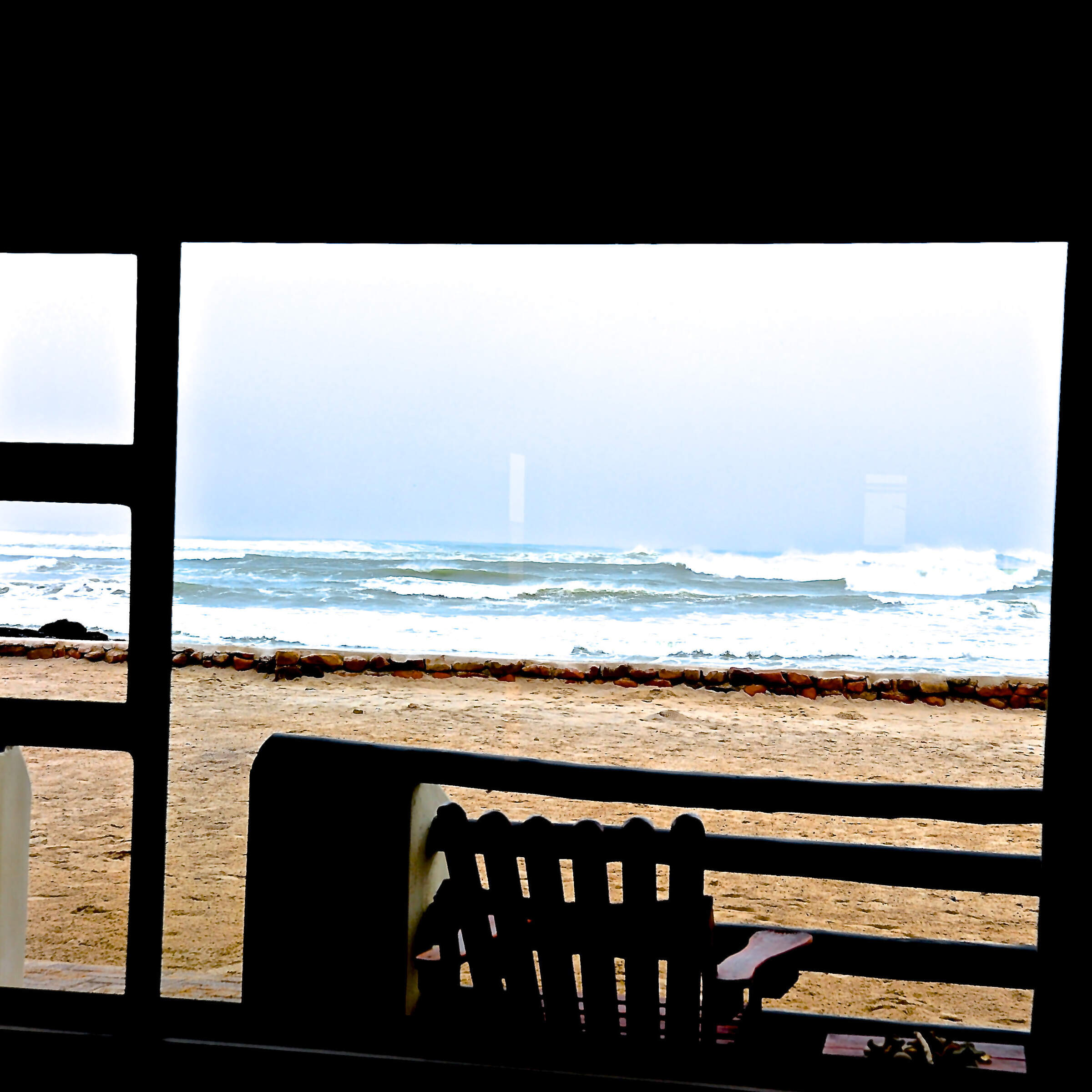
Cape Cross Lodge
Right on the Skeleton Coast, between Swakopmund and Damaraland, Cape Cross Lodge has easy access to Cape Cross Seal Reserve.
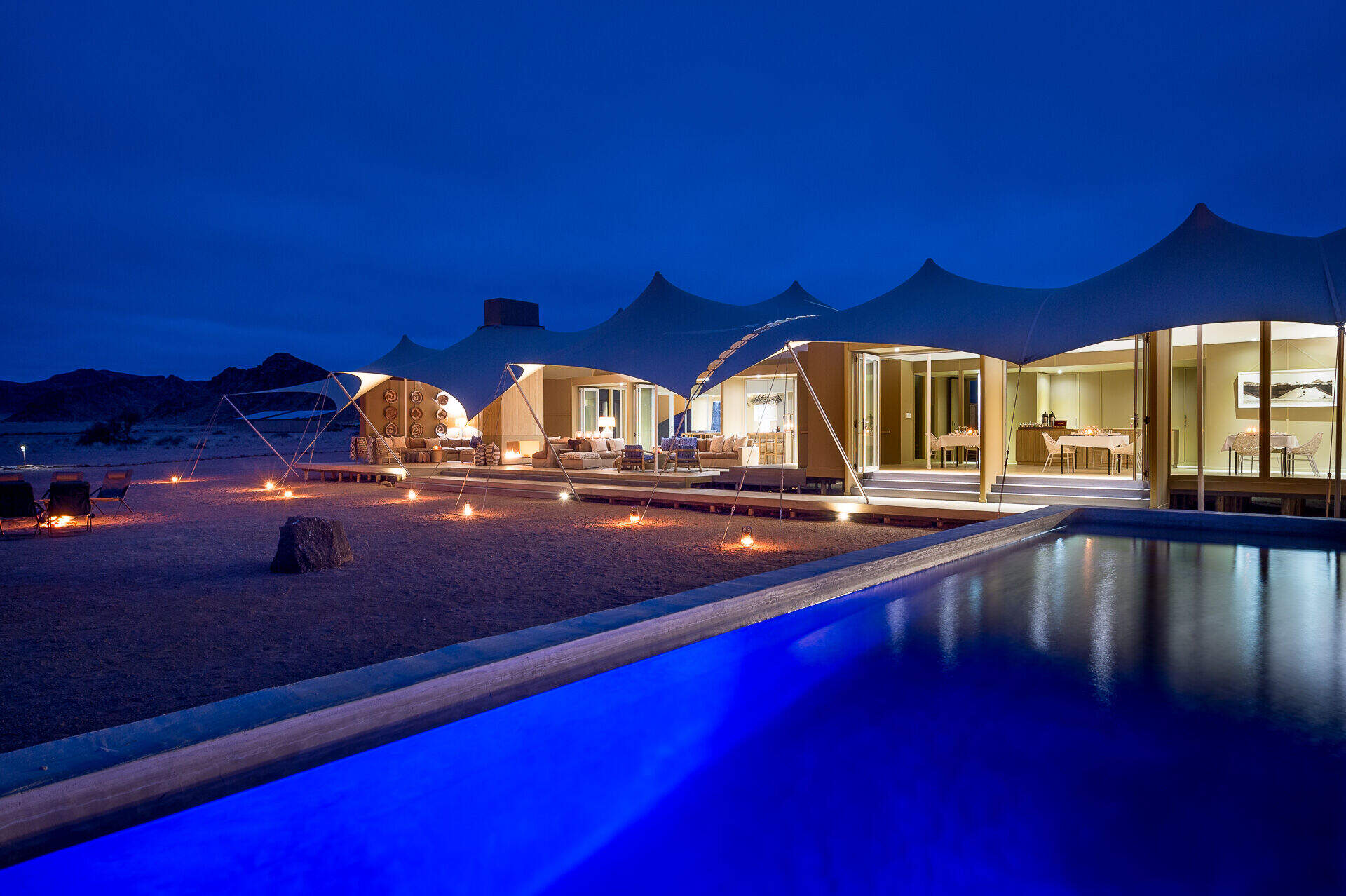
Hoanib Skeleton Camp Camp
Hoanib Skeleton Coast Camp is actually situated 42km inland in Kaokoland, this said they offer a superb guided day trip to the coast.
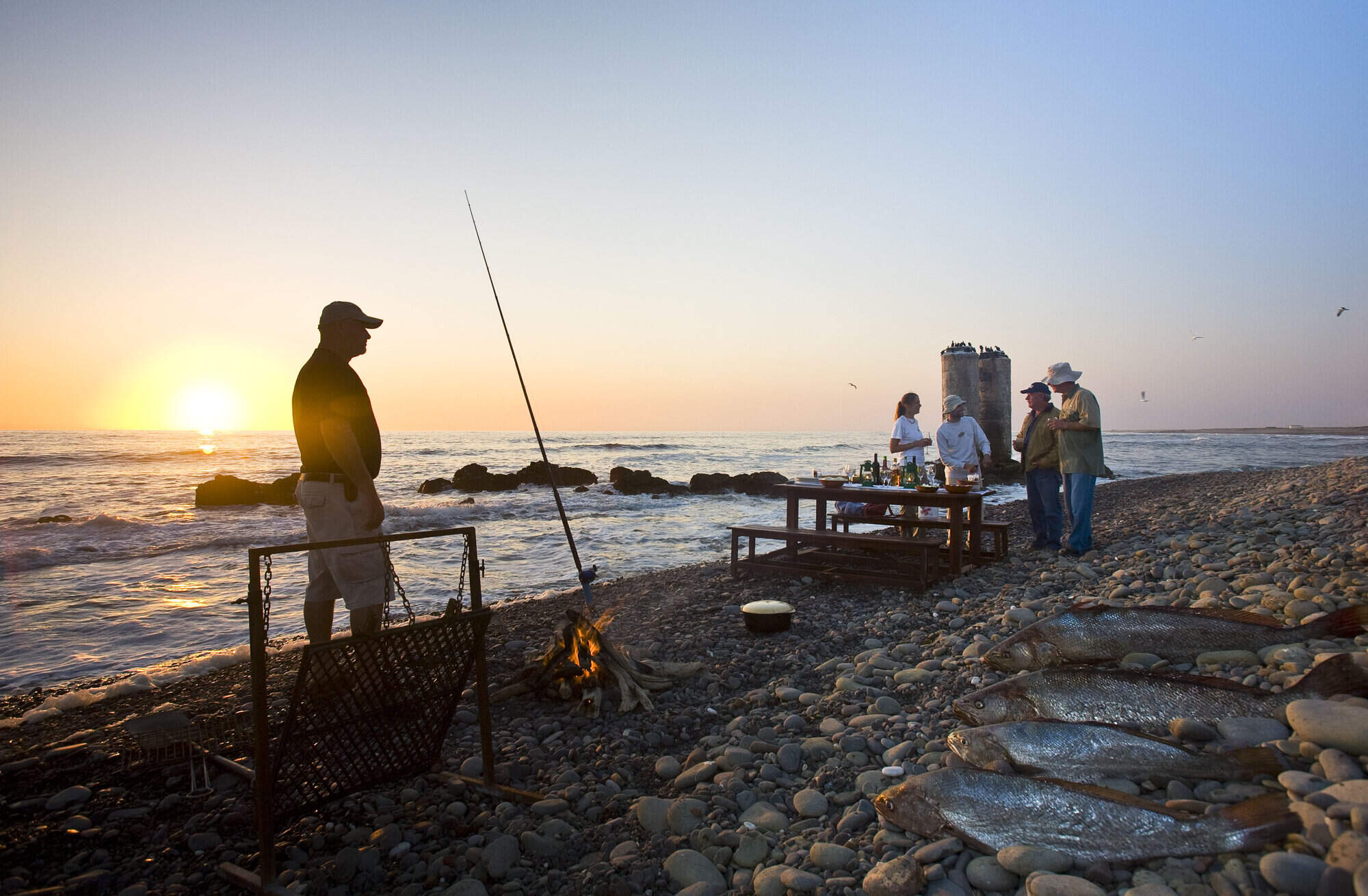
Terrace Bay
Terrace Bay is bleak. However, those that stay here come to experience the remote and inhospitable nature of the Skeleton Coast.
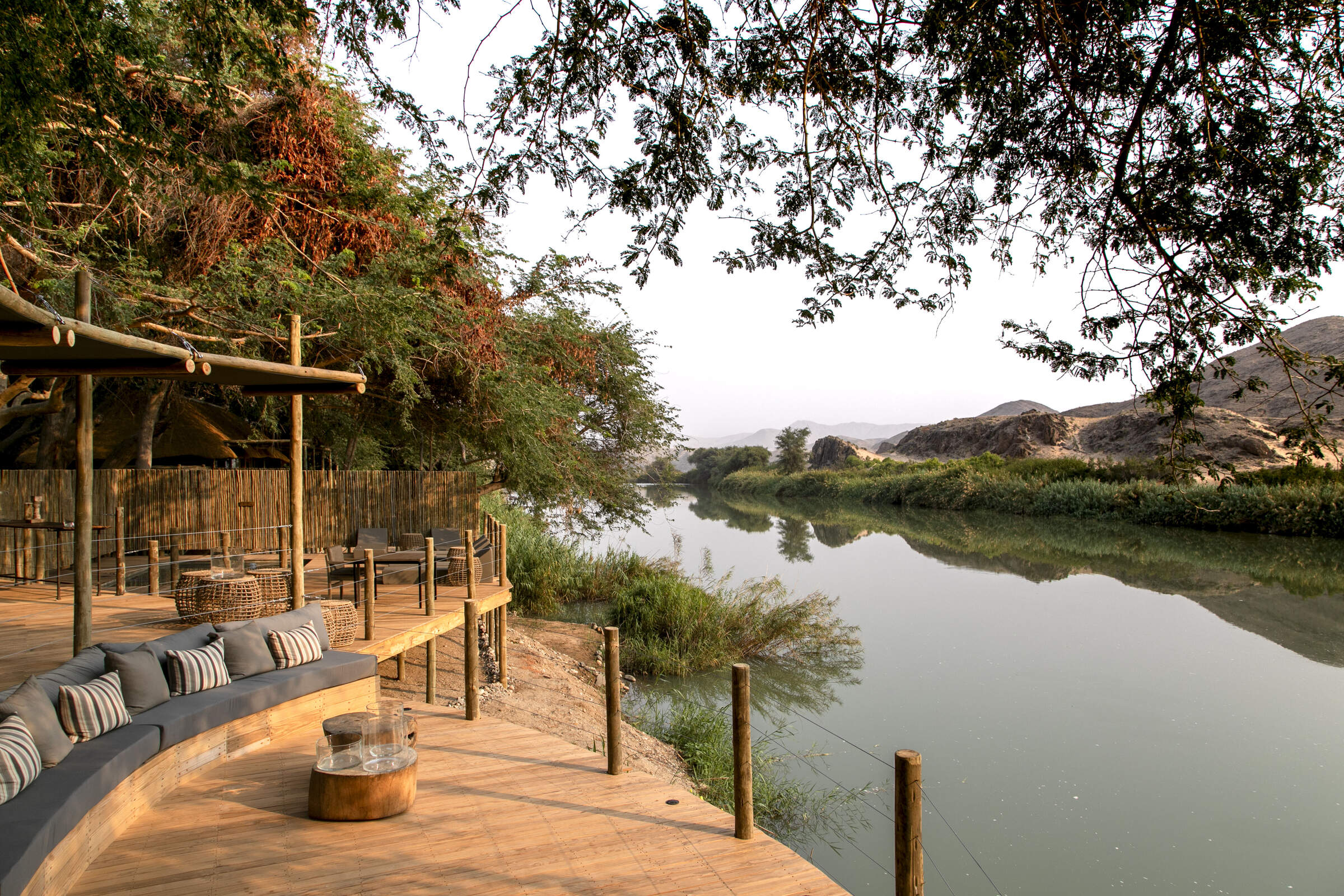
Serra Cafema
The luxurious Serra Cafema is in the most remote corner of Namibia - at the north end of Hartmann's Valley, across the Kunene River from Angola.
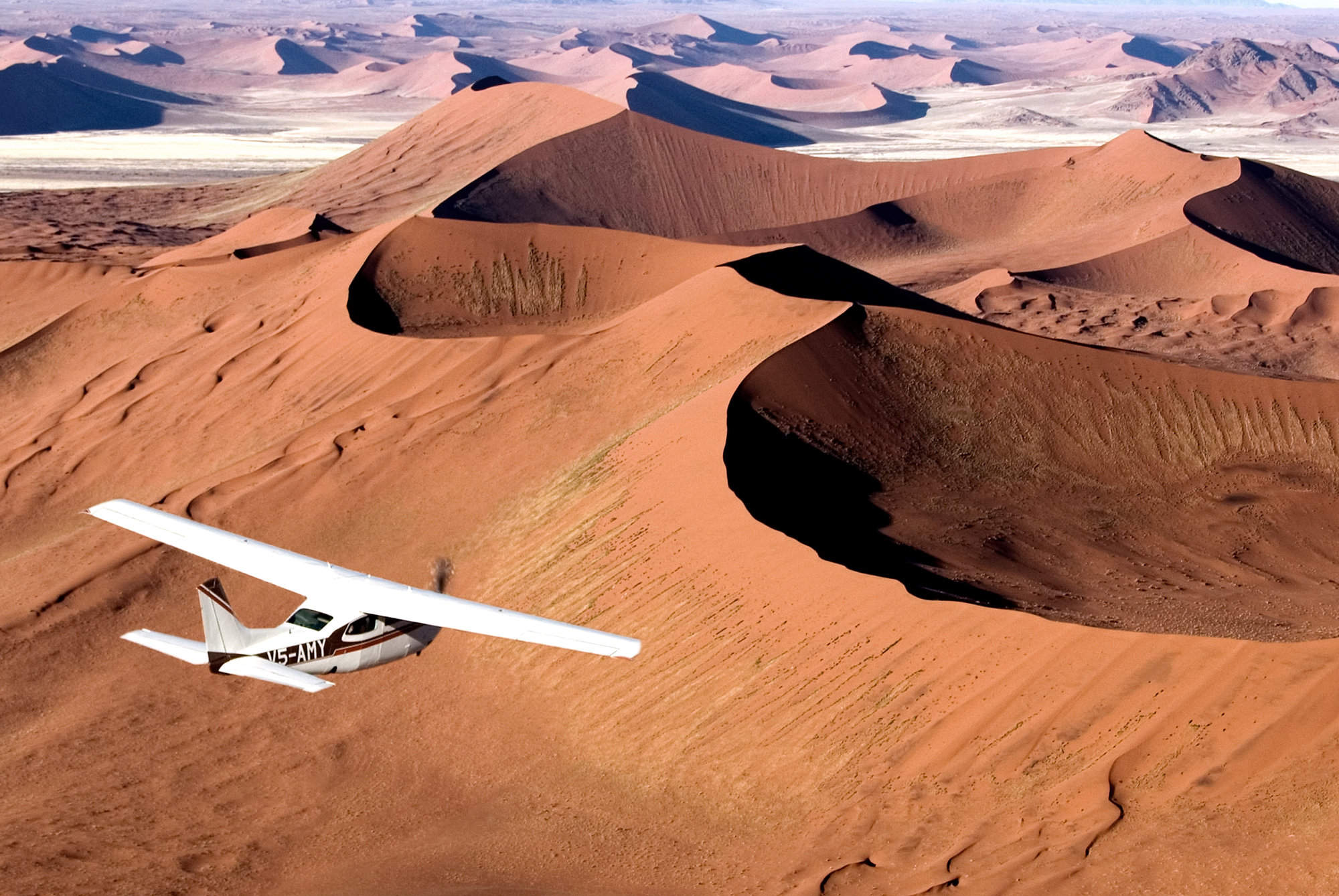
Skeleton Coast Safaris
Skeleton Coast Safaris is a small, family-run operation that has organised inspirational trips to this remote area of Namibia for nearly 50 years.
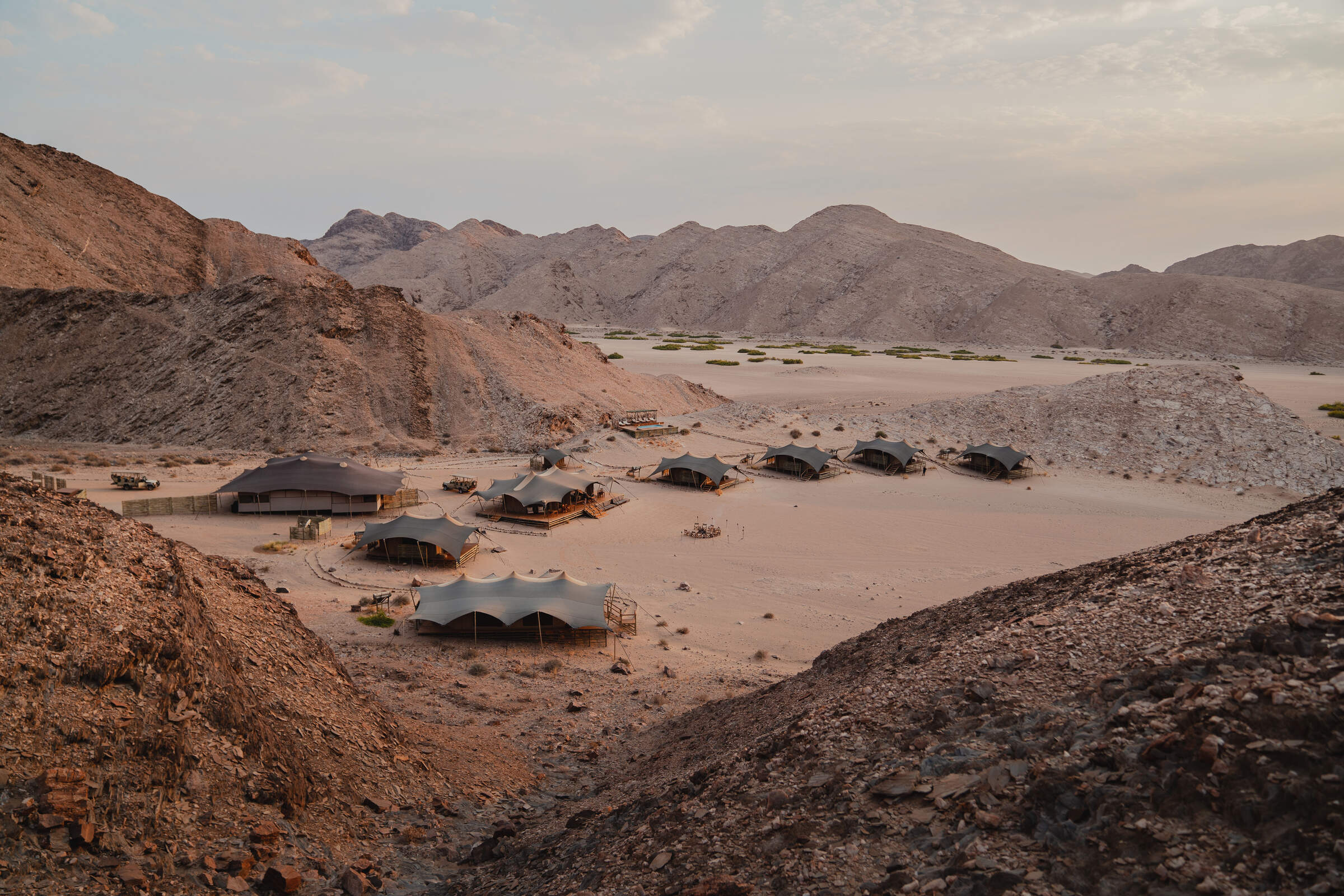
Hoanib Valley Camp
The intimate and remote Hoanib Valley Camp offers a rare chance to explore this dramatic corner of Namibia and to search for its sparse desert-adapted wildlife.
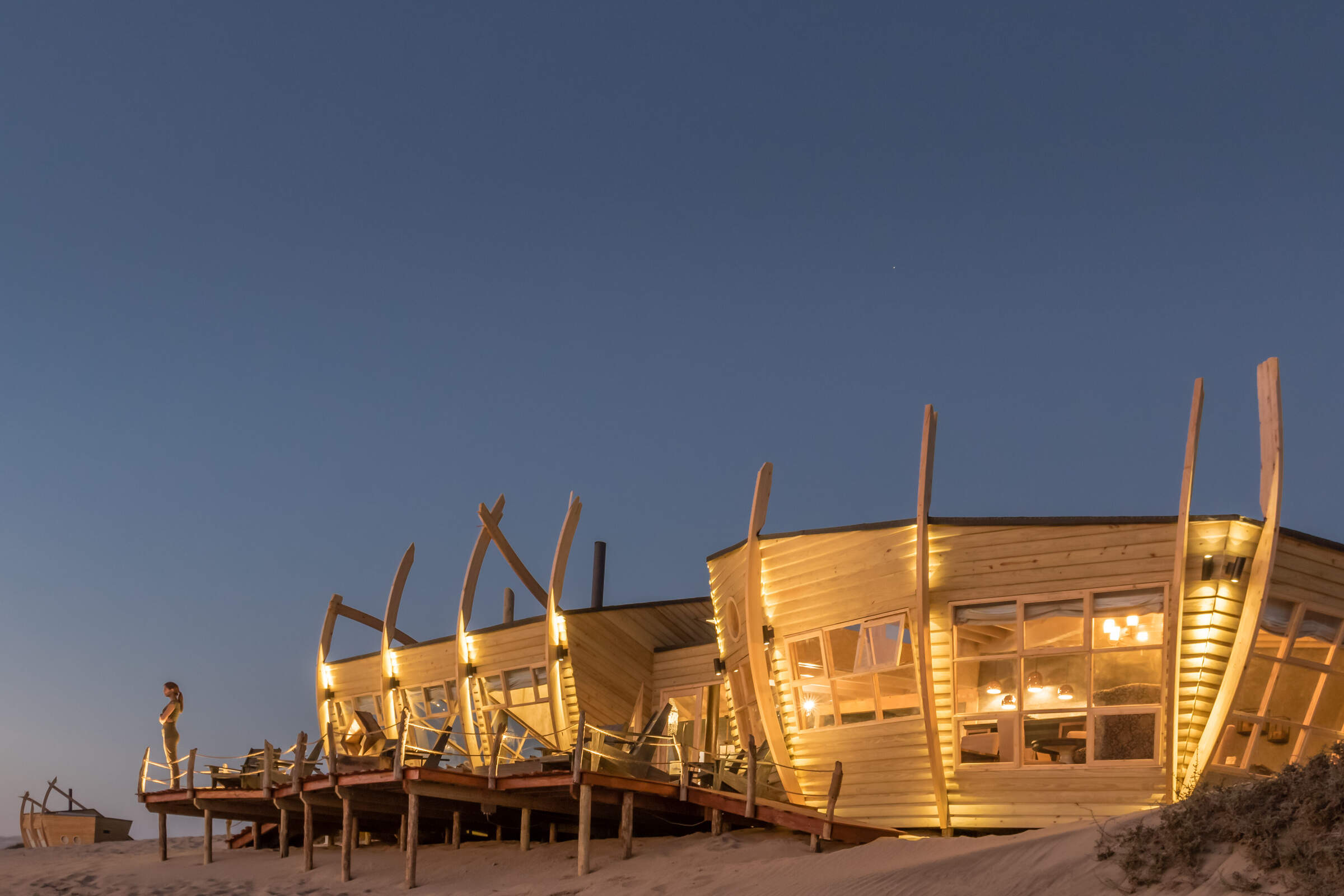
Shipwreck Lodge
The only property on this desolate stretch of coastline, the extraordinary Shipwreck Lodge opens up a new section of the Skeleton Coast National Park
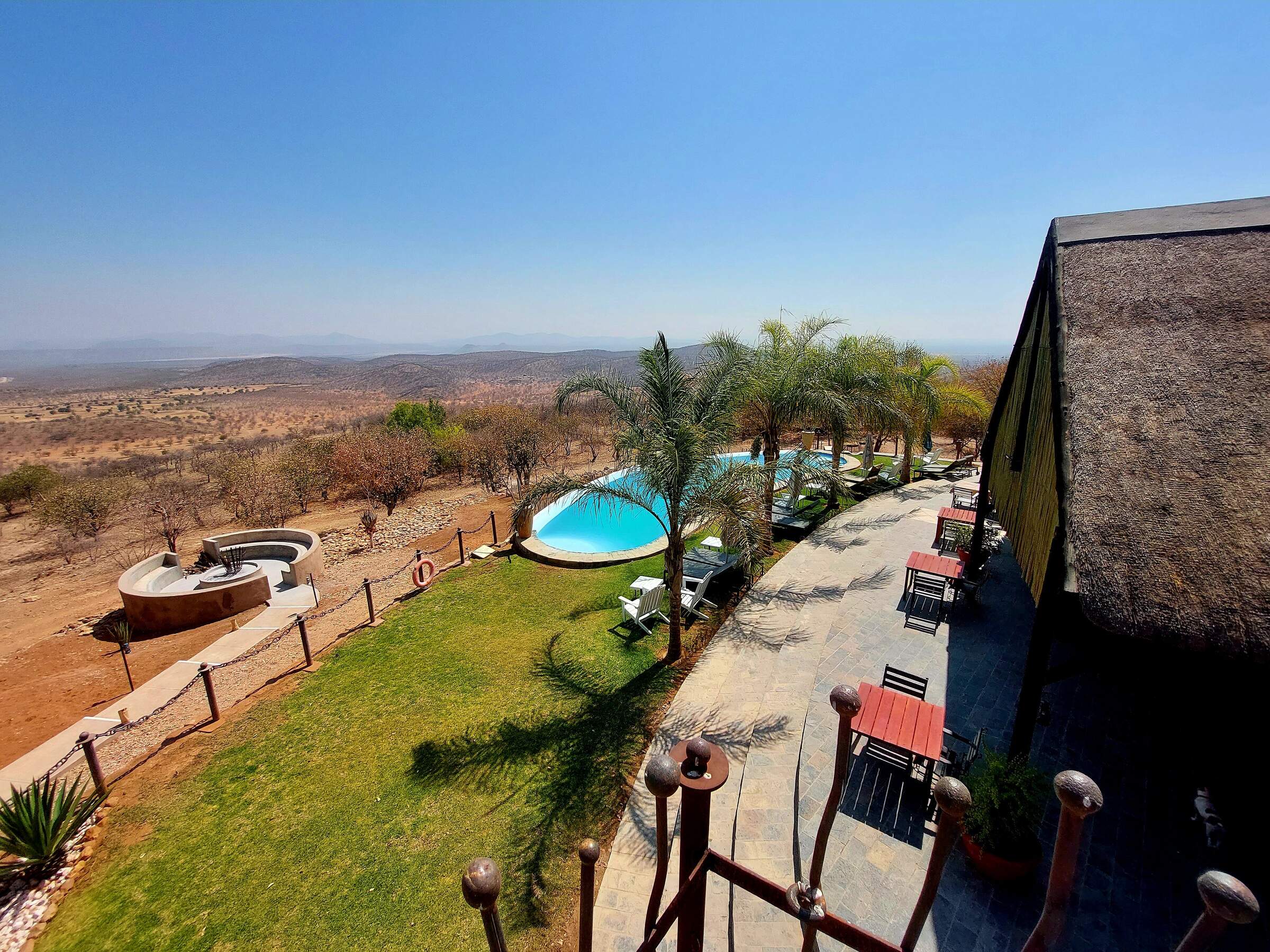
Opuwo Country Lodge
Opuwo Country Hotel provides comfortable accommodation is well situated for a night's stop before travelling into remote parts of Kaokoland.
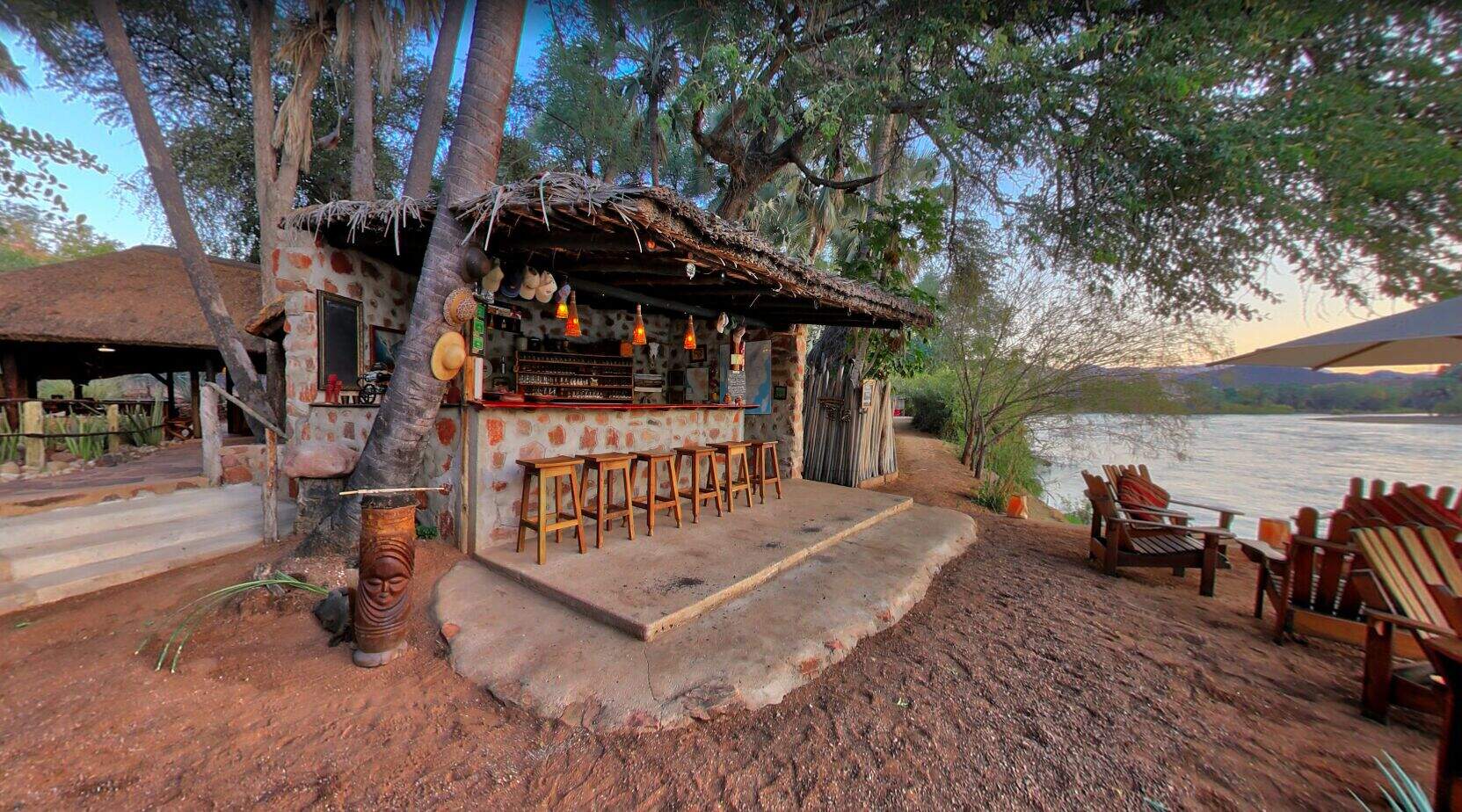
Epupa Camp
Epupa Camp is a welcoming oasis set on the palm-fringed banks of the Kunene River in north-west Namibia and close to Epupa Falls.
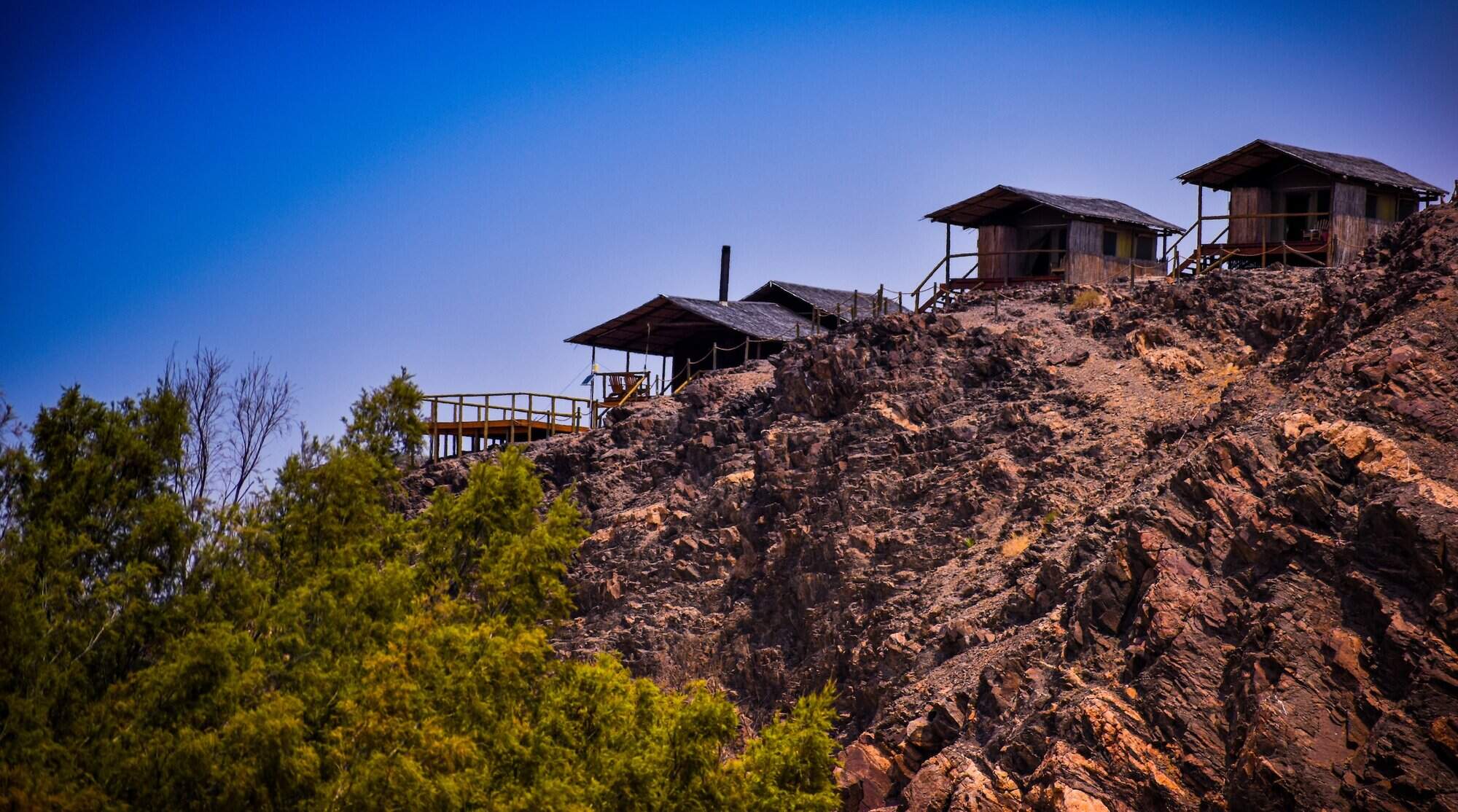
Leylandsdrift Camp
Used exclusively on the second night of a Skeleton Coast Safari, Leylandsdrift is in a beautiful location and is a good place to track desert-adapted elephants.
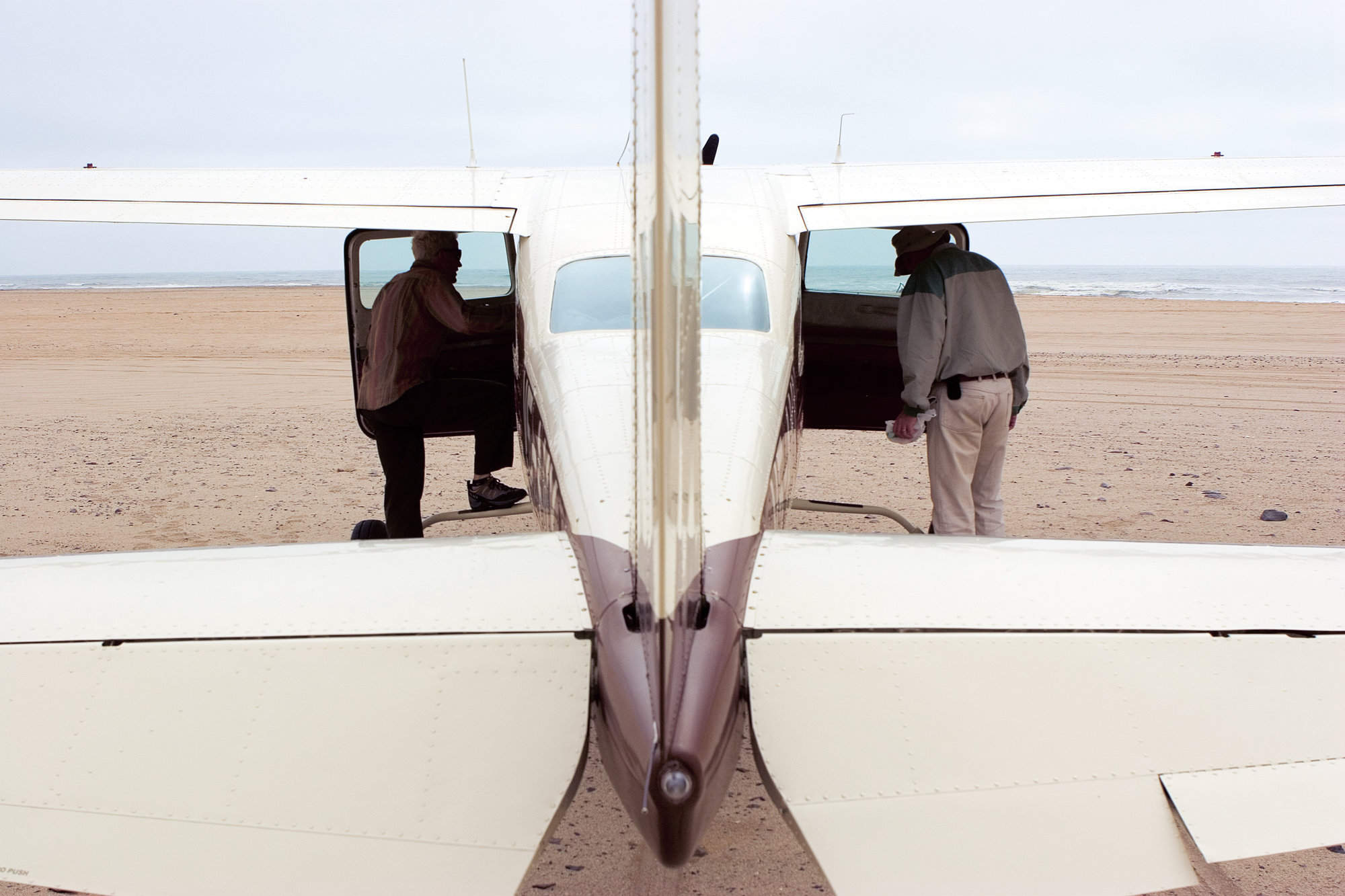
Kunene River Camp
Used exclusively on the final night of a Skeleton Coast Safari, the simple Kunene River Camp occupies a dramatic riverside location with some excellent birding.
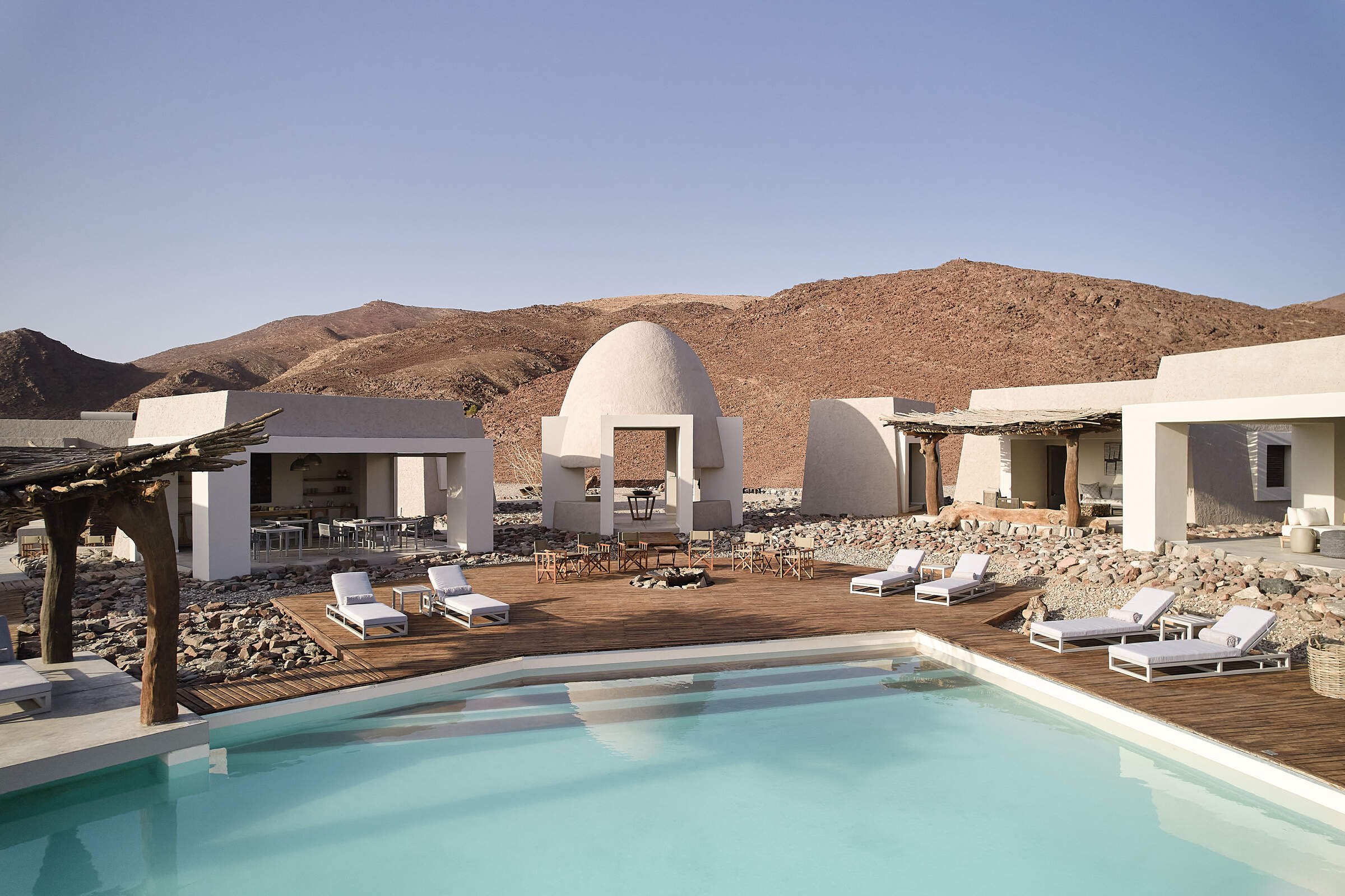
Okahirongo Elephant Lodge
Tucked away in Namibia's remote north-west, Okahirongo Elephant Lodge offers an unexpected level of luxury, with stunning views and plenty of activities.
When to go to Skeleton Coast & Kaokoland
Our month by month guide: What it's like to visit Kuidas Camp in Skeleton Coast & Kaokoland
Jan
Feb
Mar
Apr
May
Jun
Jul
Aug
Sep
Oct
Nov
Dec
Skeleton Coast & Kaokoland in January
The Skeleton Coast experiences its rainy season in January, though precipitation remains sparse in this desert environment. The Ugab River and other ephemeral rivers may briefly come to life, creating a spectacle in the usually arid landscape. Despite the rain, temperatures can still reach around 30°C/86°F.
The greening landscape makes a refreshing change, especially in desert dune seas. Migrant species arrive in force, making it an excellent time for birdwatching along the coast and in areas like the Swakop River. In the northern part of the Skeleton Coast National Park, where rains are more reliable, desert animals look healthy, with shiny coats, due to the abundance of food.
- Variable weather with fog common along coast
- Cape fur seal pups growing rapidly at colonies
- Wildlife looking well fed, with shiny coats
- Few tourists, low rates at lodges and camps
- Occasional thunderstorms inland from the coast
Our view
This is not a great time to visit
Weather in January
Skeleton Coast & Kaokoland in February
February is typically the wettest month on the Skeleton Coast, though rainfall remains patchy. The central highlands near the park's eastern border and the Kunene River region can see heavier rain. Some February days are clear and hot, while others are cooler with building clouds, sometimes culminating in short, spectacular thunderstorms. These storms can generate flash floods in the park's ephemeral rivers, bringing them dramatically to life.
The landscape feels green and alive, with insects and smaller animals more easily seen. Many birds and animals in the Skeleton Coast National Park are raising their young during this time. However, the formation of small pools in the bush and thicker vegetation can make it challenging to spot larger wildlife as they disperse with easy to access water, especially in the northern sections of the park.
- Coastal fog persists, creating eerie atmosphere
- Seal colonies bustling with activity
- Desert-adapted wildlife more dispersed
- Low tourist numbers, great deals available
- Possible inland thunderstorms, coast stays dry
Our view
This is not a great time to visit
Weather in February
Skeleton Coast & Kaokoland in March
March usually sees the Skeleton Coast's main rains tailing off, though precipitation varies across the park. Many days are clear with strong sun, while others may end with short, spectacular thunderstorms, particularly in the inland areas. These storms reduce in frequency as the month progresses.
The landscape often appears vivid and green, especially around the Ugab and Hoanib rivers. Many birds and animals are finishing raising their young, so smaller animals and insects are in evidence. In the northern part of the Skeleton Coast National Park, where rains are generally heavier, pools in the bush and thicker vegetation can make it difficult to spot larger animals. However, this is an excellent time to observe desert-adapted wildlife thriving in the temporarily lush environment.
- Weather becoming more stable along coast
- Seal pups learning to swim at Cape Cross
- Animals well-fed after inland rainy season
- Wildlife harder to spot in expansive desert
- Few tourists, ideal for solitude seekers
Our view
A good time to visit, with pros & cons
Weather in March
Skeleton Coast & Kaokoland in April
April typically brings dry weather to the Skeleton Coast, with an ever-decreasing chance of rain. Temperatures fall below their summer peak but remain pleasant and warm during the day. Nights might have a slight chill, especially in desert areas. The rains usually leave many parts of the park verdant and green, so animals are in fantastic condition, often with fast-growing young in attendance.
With less dust in the atmosphere, photographers can capture clear shots of spectacular landscapes and healthy animals. Stargazing becomes increasingly rewarding as the month progresses. In the northern sections of the Skeleton Coast National Park, water and food remain in plentiful supply, so finding big game can be trickier than later in the year. However, this is an excellent time for observing a wide variety of wildlife.
- Cooler nights, pleasant daytime temperatures
- Migrant birds begin departing the coast
- Desert flora starting to dry out inland
- Easter brings slight increase in visitors
- Clear conditions for sharp photographs
Our view
A good time to visit, with pros & cons
Weather in April
Skeleton Coast & Kaokoland in May
By May, the Skeleton Coast is usually drying out fast. If the rains have been good, the land remains green, but wildlife starts to congregate at more permanent water sources like the Hoanib and Uniab rivers. Typical days are warm with crisp, clear mornings and blue skies. Evenings are usually cool, with temperatures potentially dipping below 10°C/50°F overnight, especially in desert areas.
The air quality and clarity can be amazing, making this an ideal month for photography of the park's dramatic landscapes. Many lodges still charge low season prices, although some have started to introduce higher shoulder season rates. May's good-value rates, increasingly good wildlife sightings, beautiful landscapes, and crystal-clear air combine to make this one of the best months to visit the Skeleton Coast.
- Mild days, cool nights ideal for exploration
- Excellent clarity for coastal photography
- Wildlife starting to congregate near water
- Lodges still offer good rates
- Great sea kayaking as seal pups take to water
Our view
A very good time to visit
Weather in May
Skeleton Coast & Kaokoland in June
June brings dry conditions to the Skeleton Coast. Skies are blue and usually largely cloudless. Days are lovely, warm, and dry; nights are cold, sometimes below freezing in desert areas. Most swimming pools at lodges are outdoors and too cold for all except the very dedicated. Warm clothing is essential for early morning and late evening nature drives.
In the northern part of the Skeleton Coast National Park, wildlife viewing enters its dry-season pattern, focusing around water sources. Photographers come to the area for the superb air clarity, with minimal dust or smoke. The Cape Cross Seal Colony becomes increasingly active as the young seals join parents on fishing trips. Historically, June rates have been low, but with increasing popularity, many lodges now count it amongst their high-season months.
- Clear, bright days with cold nights
- Prime time for scenic flights over coastline
- Wildlife gravitating to scarce water sources
- Most lodges move to high season rates
- Fishing season kicks off with great catch opportunities
Our view
A very good time to visit
Weather in June
Skeleton Coast & Kaokoland in July
July brings usually warm daytime temperatures upwards of 20°C/68°F to the Skeleton Coast, along with good sightings of desert-adapted wildlife such as elephants, giraffe, oryx, jackals and perhaps even lion. Watching elephants climb hillside dunes is often a highlight! Rain is very unusual, and clear skies make for great photographs of the stark desert landscapes.
Once the sun sets, temperatures cool rapidly, bringing cold nights that may dip below freezing in desert areas. Visitors should dress in layers and be prepared for cold early-morning and late-afternoon drives. Across the park, lodges charge high season rates; many are fully booked a year or more in advance, especially during European school holidays from the latter half of July to late August.
- Dry days, cold nights perfect for stargazing
- Whale watching season begins off the coast
- Excellent time to view desert wildlife
- Peak season rates at coastal accommodation options
- Cool temperatures for nature walks
Our view
A very good time to visit
Weather in July
Skeleton Coast & Kaokoland in August
August marks the height of winter on the Skeleton Coast. Expect cloudless skies and plenty of warm sun during the day, but nights can drop to freezing in desert areas. Visitors should dress in layers and bring warm clothes for chilly mornings and evenings. It's usually been 3-4 months since any significant rain, so the land is dry with only specialist desert plants standing out in their greenery. Many landscapes appear sparse and harsh, showcasing the raw beauty of the Skeleton Coast. Desert-adapted wildlife stays close to available water sources, helping to guarantee good animal sightings, particularly in the northern part of the park.
August is the most popular time to visit, especially for families. Advance booking is essential, often over a year in advance, for stays at the best lodges within the Skeleton Coast National Park.
- Clear skies, cold nights, warm days
- Marine mammals often seen on boat cruises
- Wildlife concentrated close to water points
- Busier season, advanced bookings recommended
- Ideal conditions for coastal adventure activities
Our view
Fantastic: the very best time to visit
Weather in August
Skeleton Coast & Kaokoland in September
September brings blue, cloudless skies and fantastic desert-adapted wildlife viewing to the Skeleton Coast. Rain is almost unheard of during this month. As September progresses, both days and nights get warmer. In some areas, daily maximums can reach the low 30s Celsius / mid 80s Fahrenheit, although low humidity ensures this feels comfortable.
The air becomes dustier, occasionally augmented by smoke from distant fires, creating a hazy atmosphere that can challenge photographers - though atmospheric sunsets are a delight. In the Skeleton Coast National Park, animals stay close to remaining water sources, making September one of the best months for viewing desert animals such as elephants, oryx and even lion. Consequently, September is one of the Skeleton Coast's most popular months for visitors. Seeing how remote communities exist in this barren setting is often a highlight.
- Quickly warming temperatures, still clear skies
- Fascinating insights to Himba communities
- Fantastic desert wildlife viewing in river valleys
- High season rates, lodges often fully booked
- Occasionally dusty skies create spectacular sunsets
Our view
Fantastic: the very best time to visit
Weather in September
Skeleton Coast & Kaokoland in October
October is usually the hottest and driest month on the Skeleton Coast. Temperatures build as the month progresses; towards the end, daily highs may exceed 40°C/104°F, though the low humidity makes even this heat bearable. In exceptional years, isolated rain showers may fall in late October. More usually, the end of the dry season sees wildlife watching at its best, particularly in the northern part of the Skeleton Coast National Park. Sightings of unusual species such as brown hyena and desert lion become more regular as the animals have limited water sources.
October is popular among landscape and unique wildlife enthusiasts and commands peak-season prices, even if dust and smoke may make the air hazy, challenging photographers. Visitor numbers can fade towards the end of the month, allowing a window for last-minute bookings at some lodges.
- Hot, dry conditions prevail along coast
- Marine wildlife abundant in coastal waters
- Exceptional desert game viewing in Hoanib area
- Still peak visitor time, book accommodations early
- Dining under stars on balmy nights in the desert is special
Our view
A very good time to visit
Weather in October
Skeleton Coast & Kaokoland in November
November is unpredictable on the Skeleton Coast; sometimes dry and hot, sometimes cloudier and cooler. Typically, mornings are hot and cloudless, with clouds appearing in the afternoon. Humidity builds and eventually breaks, resulting in spectacular thunderstorms that bring convection rainfall in late afternoons. Such storms are typically sparsely distributed and highly localised, being completely absent from the most arid desert areas. Places that do get good rain, like the Hoanib and Uniab river valleys, flush green with a tangible feeling of new life, softening the harsh landscapes.
Many mammals give birth to their young during this period. Once the rains come, wildlife disperses in search of food, and game viewing in the northern part of the Skeleton Coast National Park becomes more challenging. However, this is a great time for birdwatchers, with migrant species arriving in breeding plumage.
- Variable weather as summer approaches
- Cape fur seals begin breeding season
- Wildlife dispersing with first inland rains
- Shoulder season begins, rates become moderate
- Landscapes transforming with possible rain
Our view
A good time to visit, with pros & cons
Weather in November
Skeleton Coast & Kaokoland in December
December is often a drier period between the short and long rainy season. Clear mornings can give way to building clouds and spectacular evening thunderstorms, but often with little to no rain. These storms make for atmospheric skies and an interesting time for photographers. But even relatively short showers enable plant life to erupt, carpeting this thirsty land in green and providing food for the young animals as they grow. Animals disperse widely across the Skeleton Coast National Park, which can make game viewing more challenging than in the dry season. Many birds are breeding and sporting their most colourful plumage.
Christmas and New Year fall within local summer holidays, so accommodations can be surprisingly busy, especially in and around the park's coastal areas where temperatures are cooler.
- Warmer temperatures, chance of coastal fog
- Seal breeding season peaks at colonies
- Desert-adapted wildlife often have young
- Holiday period brings more visitors to coast
- Possible inland rains create lush landscapes
Our view
This is not a great time to visit
Weather in December

Looking for inspiration on where to travel next?
Visit our trip chooser to explore your options and find inspiration for your perfect African adventure
Inspire me